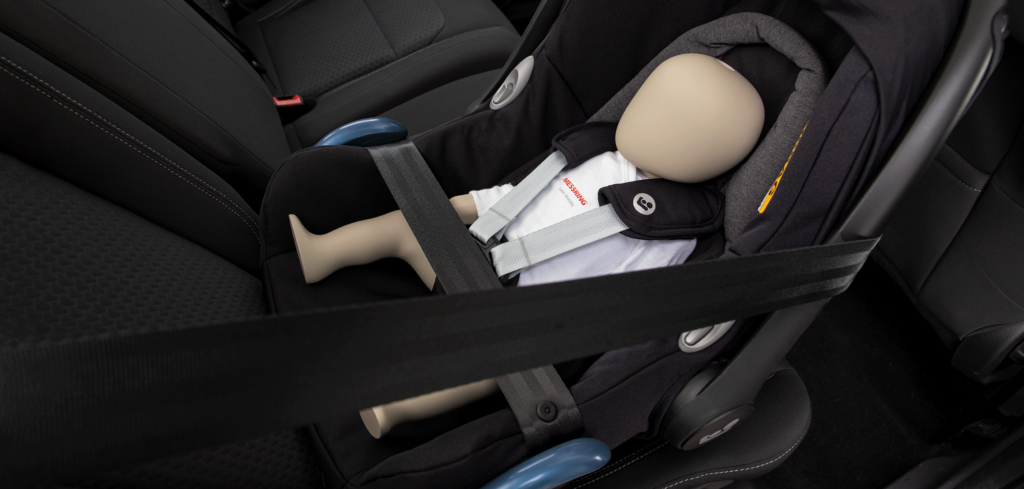Testing specialist Messring has developed a child dummy that enables the functional testing of in-vehicle child presence detection (CPD) systems. According to the company, the CPD dummy replicates the breathing impulse and presence of a sleeping newborn child in a realistic and reproducible way.
CPD systems use various sensors to detect the presence of a child in the vehicle and to inform and warn the driver whenever a child is left in the vehicle. The newly developed dummy, which replicates a newborn in shape and size, enables reliable and standardized verification of presence, including respiratory movement, in vehicles.
Obviously, in functional tests, a real child cannot be used to evaluate such systems, and the requirements of standardization make the use of dummies unavoidable. However, the safety-relevant area of application for such systems in vehicles is children aged 0 to 6 years.
Various systems can be used for occupant detection, including sensors that detect any movements of a child. The less an object moves, the more difficult it is to detect. The most difficult scenario to model is a sleeping newborn with just the movement of the upper body caused by breathing.
This exact scenario can be implemented with Messring’s dummy, which meets the breathing rate of 30 bpm required by the Euro NCAP protocol and has a realistic amplitude of movement in the chest and abdomen. The breathing rate and the ratio of chest and abdominal breathing can be controlled and adjusted by a pneumatic system. The battery-powered compressor can be easily stored in the vehicle’s trunk and connected to the dummy. The child dummy was deliberately manufactured without electric drives to prevent sensor irritation.
“With the inclusion in the NCAP rating from 2023 onward, child presence detection is getting the attention it certainly deserves. With comparatively simple means, human lives are saved in this way,” said Dr Igor Doric, executive director of Messring Active Safety. He added, “The CPD dummy should support all manufacturers and engineers to reproducibly test their CPD systems under realistic conditions and thus achieve the best-possible detection for the protection of passengers.”


